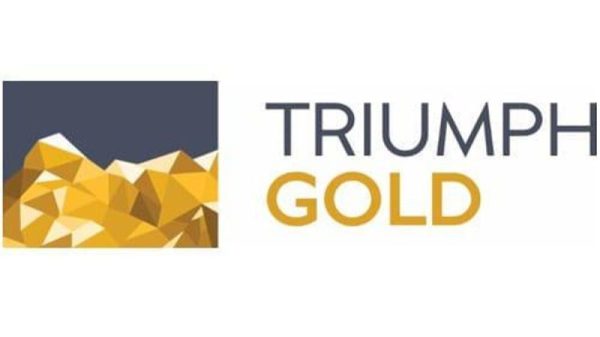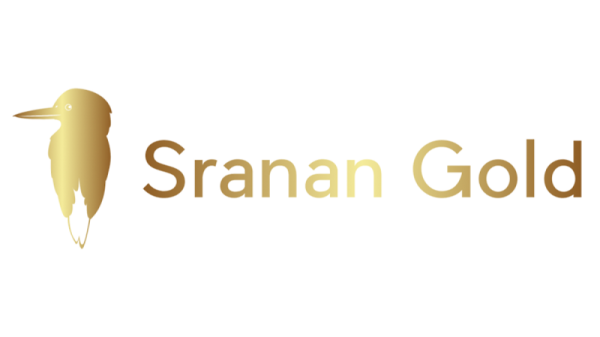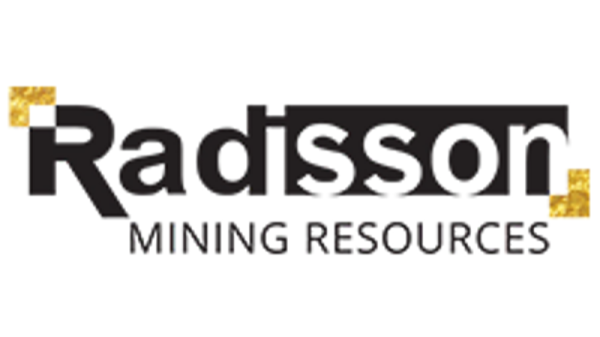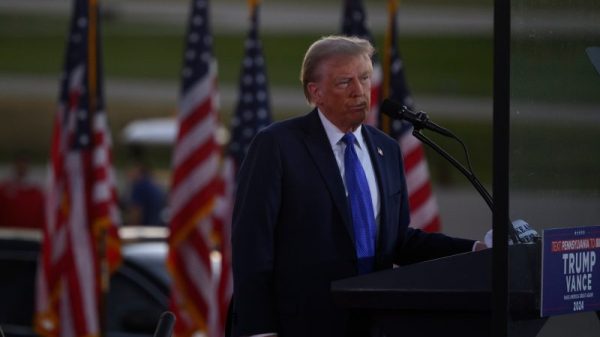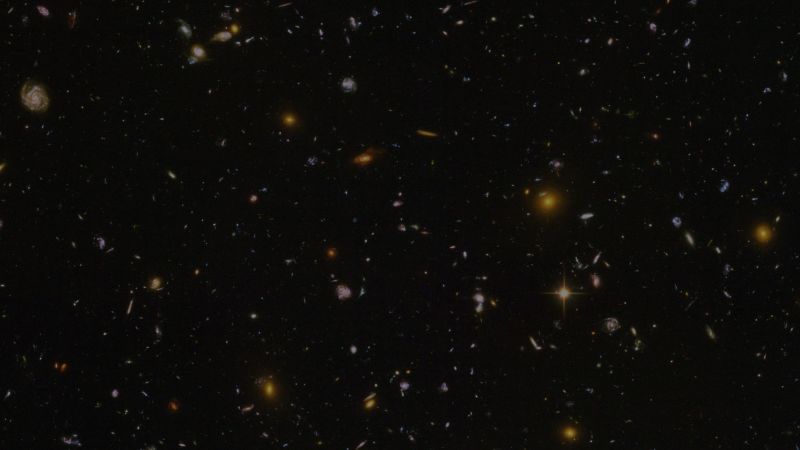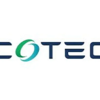Too often seaweed is portrayed as a slimy, smelly nuisance that disrupts beach trips and ocean swims. In fact, seaweed, officially a type of marine algae, is an untapped resource that could transform the planet and our health.
Seaweed grows fast and is nutrient-rich, can be made into an alternative to plastic and some textiles, and is a potential store of carbon that can absorb pollutants, according to “The Seaweed Revolution,” a new book by Vincent Doumeizel, a senior adviser at the United Nations Global Compact on Oceans.
As well as offering hope for the future, seaweed indelibly shaped our past, as a fascinating finding released this week has revealed.
Dig this
The bacterial gunk and food debris that builds up on teeth over time can be an invaluable source of information for archaeologists.
This fossilized dental plaque — which can survive for millennia, particularly when it’s from eras before modern dentistry — holds a trove of tantalizing information about diet and disease.
A new study of biological markers contained in fossilized plaque found that, before they largely disappeared from Western diets, different types of seaweed were once a staple food for Europeans for thousands of years — even in some prehistoric landlocked communities.
Other worlds
Space scientists have made an unexpected discovery in the atmosphere of a blazing-hot planet called WASP-17b, located 1,300 light-years from Earth.
Using the James Webb Space Telescope, an international team of scientists detected tiny quartz crystals containing pure silica, a mineral that’s common on Earth. The silicates that have been previously detected in exoplanet atmospheres are magnesium-based, not quartz, so this finding was unexpected.
The revelation could help scientists get a broader sense of WASP-17b’s composition and what the environment may be like on this captivating planet outside of our solar system.
Trailblazers
A University of Nebraska computer science student has won an unusual scientific contest.
With the help of artificial intelligence and computer tomography, Luke Farritor was the first to decode a word written in ancient Greek on a scroll burnt to a crisp during the eruption of Vesuvius almost 2,000 years ago.
The document was one of some 1,100 carbonized scrolls that were recovered from volcanic mud in the 1700s. The collection, known as the Herculaneum scrolls, is perhaps the largest known library from classical antiquity, but the documents’ contents have remained a mystery.
Being able to read just one word was a “quantum leap forward,” said papyrologist Michael McOsker of the University College London, who wasn’t involved with the feat. Farritor was awarded $40,000, and another researcher who made the same discovery independently earned $10,000.
Researchers are hopeful that it won’t be long until entire scrolls can be deciphered using the technique.
We are family
The finding that Neanderthals shaped our DNA in prehistoric sexual encounters with modern human ancestors was on its own a startling discovery, revealed by Nobel Prize winner Svante Pääbo more than a decade ago.
However, so much is still unknown about this intriguing genetic legacy, including why Neanderthal DNA is slightly more abundant today in the genomes of East Asian populations than European ones.
This discrepancy is perplexing because Neanderthal skeletal remains are found extensively across Europe and the Middle East but not farther east of the Altai Mountains in Central Asia.
Now, a critical mass of invaluable data has allowed scientists to come up with an explanation for this puzzling inconsistency, and it comes down to a shift in how early hominins obtained their food.
Once upon a planet
Caffeine crystals in a kaleidoscope of color. A tarantula’s venomous fangs. Pink and green wing scales of a Chinese moon moth.
These are some of the striking images commended in an international photography contest that capture the stunning beauty of life under a microscope.
Now in its 49th year, the Nikon Small World Photomicrography Competition celebrates artistic prowess as well as technical perfection.
The winning shot of a rodent’s optic nerve head at 20 times magnification was taken by Hassanain Qambari, assisted by Jayden Dickson, at the Lions Eye Institute in Australia. Qambari studies an eye disease called diabetic retinopathy, which is a top cause of vision loss worldwide.
The wonder
Prepare to be awed by these fascinating stories.
— Billions of snow crabs have gone missing from the ocean around Alaska in recent years. Scientists now know what happened.
— The “Mona Lisa” is perhaps the world’s most famous work of art, but we’re still learning about the techniques Leonardo da Vinci employed to create it.
— Astronomers detected a mysteriously distant and powerful blast of radio waves that has taken 8 billion years to reach Earth.
And be on the lookout this weekend for the Orionid meteor shower, which is predicted to peak on Sunday.


